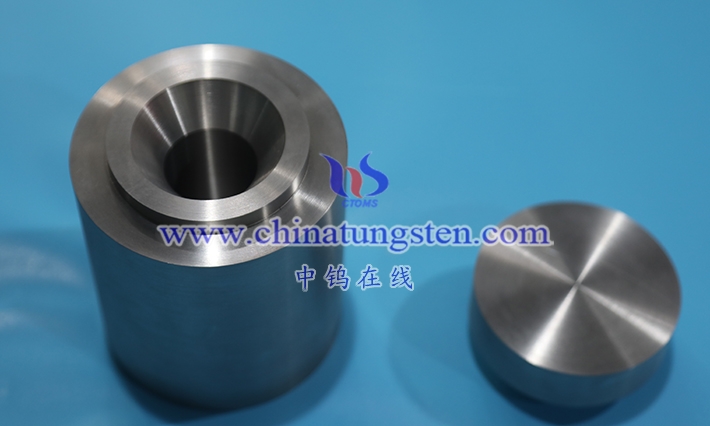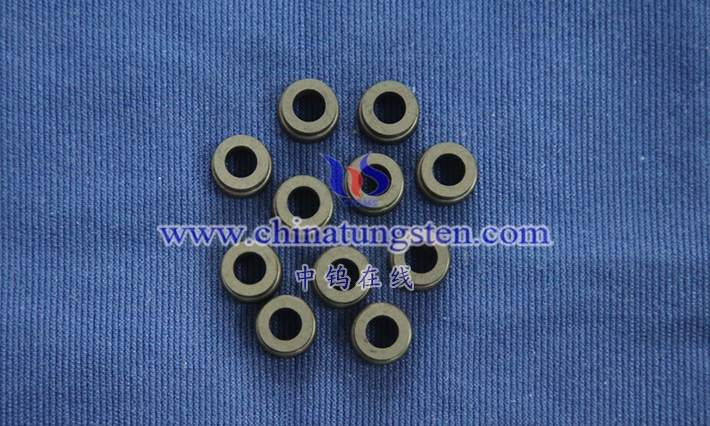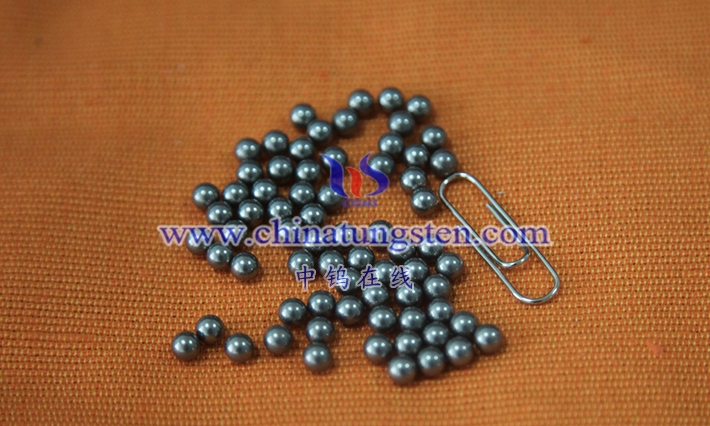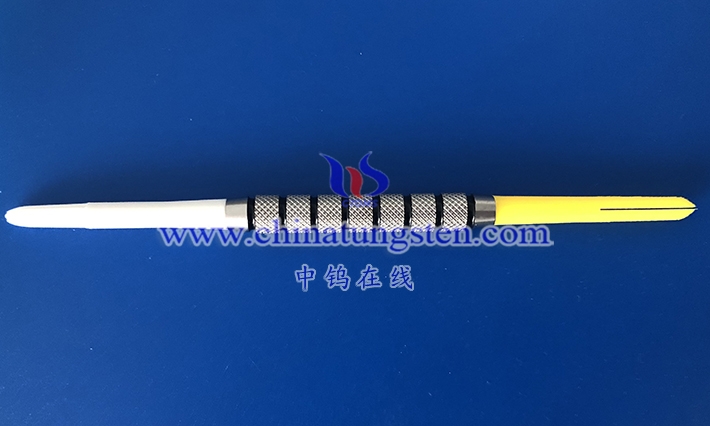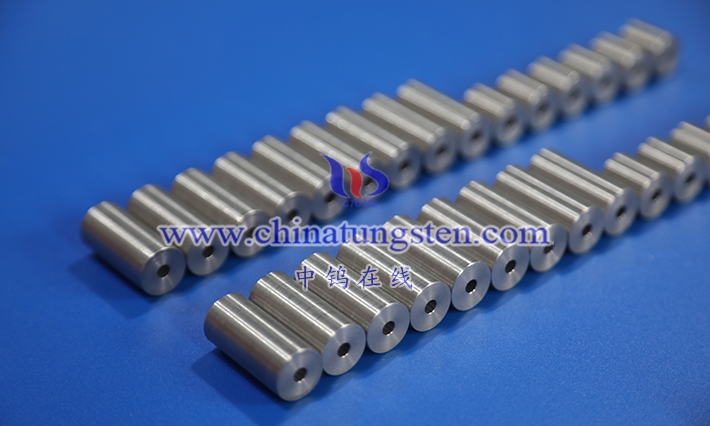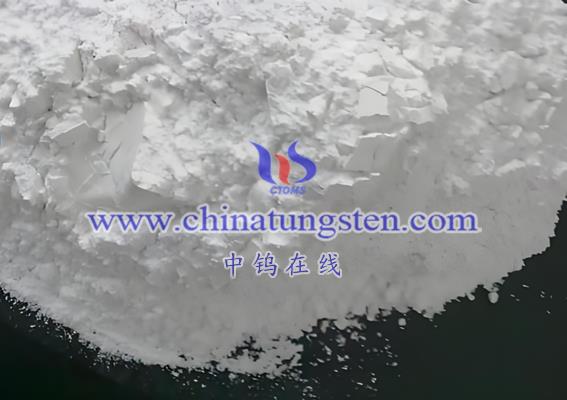
Ammonium Metatungstate(AMT)Physical & Chemical Properties, Processes, & Applications
Directory
Preface
Research significance and industrial value of ammonium metatungstate
Chapter 1 Introduction
1.1 Definition and overview of ammonium metatungstate
1.2 Position in the family of tungsten compounds
1.3 Historical development and research status
1.4 Prospects for industrial applications
Chapter 2 Chemical and Physical Properties of Ammonium Metatungstate
2.1 Chemical composition and molecular structure of ammonium metatungstate
2.1.1 Molecular formula and structural characteristics of ammonium metatungstate
2.1.2 Crystal structure analysis of ammonium metatungstate (X-ray diffraction study)
2.2 Physical properties of ammonium metatungstate
2.2.1 Appearance and morphology of ammonium metatungstate
2.2.2 Solubility and stability of ammonium metatungstate
2.2.3 Thermal stability and decomposition behavior of ammonium metatungstate
2.3 Chemical properties of ammonium metatungstate
2.3.1 Reaction of ammonium metatungstate with acid and base
2.3.2 Redox properties of ammonium metatungstate
2.3.3 Coordination chemistry of ammonium metatungstate
2.4 Comparison of ammonium metatungstate and ammonium paratungstate (APT).
Chapter 3 Preparation process of ammonium metatungstate
3.1 Raw materials and precursors
3.1.1 Tungsten concentrate
3.1.2 Tungstic acid and sodium tungstate
3.2 Traditional preparation method of ammonium metatungstate
3.2.1 Acidification
3.2.2 Ion exchange method
3.3 Modern synthesis technology of ammonium metatungstate
3.3.1 Solvent extraction
3.3.2 Thermal decomposition
3.3.3 Microwave-assisted synthesis
3.4 Optimization of process parameters for the preparation of ammonium metatungstate
3.4.1 pH control
3.4.2 Influence of temperature and pressure
3.4.3 Crystallization process regulation
3.5 Industrial production process of ammonium metatungstate
3.5.1 Flowcharts and Equipment
3.5.2 Waste disposal and environmental protection measures
Chapter 4 Analysis and Detection Technology of Ammonium Metatungstate
4.1 Chemical composition analysis of ammonium metatungstate
4.1.1 Tungsten content determination (gravimetric, ICP-AES)
4.1.2 Impurity analysis of ammonium metatungstate (Fe, Mo, etc.)
4.2 Structural characterization of ammonium metatungstate
4.2.1 X-ray diffraction (XRD)
4.2.2 Infrared spectroscopy (IR) and Raman spectroscopy
4.2.3 Thermal analysis (TG-DSC)
4.3 Physical properties test of ammonium metatungstate
4.3.1 Particle size and distribution (laser particle size analysis)
4.3.2 Specific surface area (BET method)
4.4 Quality control standards for ammonium metatungstate
4.4.1 Chinese standard (YS/T 535-2006)
4.4.2 Comparison of international norms
Chapter 5 Application fields of ammonium metatungstate
5.1 Catalyst industry
5.1.1 Applications in petrochemical industry
5.1.2 Environmental protection catalyst (SCR denitrification)
5.2 Preparation of tungsten products
5.2.1 High-purity tungsten powder and tungsten
5.2.2 Tungsten-based alloys and composites5.3 Functional materials
5.3.1 Electrochromic materials
5.3.2 Flame retardants and nanomaterials5.4 Other areas
5.4.1 Biomedical applications
5.4.2 Energy storage and conversion
Chapter 6 Industrial Production and Technological Challenges
6.1 Bottlenecks in large-scale production
6.1.1 Purity control
6.1.2 Cost and energy consumption6.2 Direction of technical improvement
6.2.1 Green synthesis process
6.2.2 Automation and intelligent production6.3 Safety and environmental protection
6.3.1 Safety specifications in the production process
6.3.2 Waste liquid and waste gas treatment
Chapter 7 Case Studies and Practices
7.1 Industrial production cases
7.1.1 Preparation examples of high-purity AMT
7.1.2 Application cases of AMT for catalysts
7.2 Laboratory synthesis examples
7.2.1 Small-scale experimental design
7.2.2 Data Analysis and Optimization
7.3 Failure Analysis and Solution
7.3.1 Common problems (poor crystallization, excessive impurities)
7.3.2 Resolution Strategy
Chapter 8 Future Prospects
8.1 Development trend of ammonium metatungstate technology
8.2 Potential of emerging application fields
8.3 Internationalization and standardization process
8.4 Suggestions for research directions
Appendix
Appendix A: Data Sheet of Ammonium Metatungstate-related Chemical Properties and Physical Properties
Appendix B: Flow chart of common preparation processes
Appendix C: Standard Operating Procedures (SOPs) for Test Methods
References
Academic papers, patents and technical reports
Domestic and international standard literature (YS/T, ISO, ASTM, etc.)
Index
Index of keywords and terms
Appendix
Material Safety Data Sheet (MSDS) for Ammonium Metatungstate
Chapter 1 Introduction
1.1 Definition and overview of ammonium metatungstate
Ammonium metatungstate (AMT, chemical formula (NH₄)₆H₂W₁₂O₄₀·nH₂O) is an important polytungstate compound, as a key intermediate in the tungsten chemical industry chain, it has attracted attention for its excellent chemical and physical properties. Its molecular structure consists of a Keggin-type polyacid anion [H₂W₁₂O₄₀]⁶⁻ and 6 ammonium cations (NH₄⁺The amount of crystallized water (n) usually varies between 3-6, depending on the preparation conditions. Significant properties of AMT include extremely high water solubility (approx. 300-400 g/100 mL at 20°C), good thermal stability (decomposition to WO₃ at 400-600°C), and versatility in chemical conversion, making it irreplaceable in catalyst preparation, production of high-purity tungsten powder, and development of functional materials.
Compared to traditional tungsten compounds such as ammonium paratungstate (APT), the high solubility of AMT gives it advantages in solution processes, such as being directly used for spray drying to prepare nanoscale tungsten powder, or as a precursor for the preparation of electrochromic WO₃ Membrane. This property not only improves the production efficiency of traditional tungsten products, but also promotes its application in the field of new materials, such as nanotechnology, energy storage and biomedical research. The industrial value of AMT lies in its role as an efficient bridge between tungsten concentrate (wolframite, scheelite) and end products (such as tungsten alloy, tungsten material), connecting the upstream and downstream links of tungsten chemical industry.
1.2 Position in the family of tungsten compounds
Within the family of tungsten compounds, AMT occupies a special place due to its unique poly-acid structure and high solubility. There are many types of tungsten compounds, including tungstic acid (H₂WO₄) and sodium tungstate (Na₂WO₄). ), tungsten trioxide (WO₃), ammonium paratungstate (APT), etc., each with specific uses. AMT is in the same ammonium tungstate group as APT, but its Keggin-type structure is more compact than APT’s chain or lamellar structure, resulting in significantly improved solubility (AMT 350 g/100 mL vs. APT 10 g/100 mL at 25°C). In addition, AMT has a lower thermal decomposition temperature (600°C is fully converted to WO₃), while APT requires a higher temperature (>600°C) and generates more intermediates, which makes the process easier for AMT to prepare high-purity tungsten powder.
AMT’s bridging role is reflected in the entire chain from tungsten ore purification to downstream processing. After tungsten concentrate is treated with acid or alkali to produce tungstic acid or sodium tungstate, it can be converted into AMT by ion exchange, solvent extraction or acidification process, and then further processed into tungsten powder, tungsten material or catalyst. With the increasing requirements of high-tech industries (such as aerospace and semiconductors) for the purity and performance of tungsten products, AMT has become an increasingly prominent link between basic raw materials and high-end applications.
1.3 Historical development and research status
Global Research History
Research on ammonium metatungstate began in the early 20th century, coinciding with the development of tungsten as a strategic metal. In the 1940s, American scholars K. C. Li and C. Y. Wang systematically described the properties and preparation methods of tungsten compounds for the first time in Tungsten, which mentioned the preliminary process of synthesizing AMT by the reaction of tungstic acid with ammonia. Despite the rudimentary technology at the time, yields were only about 50%-60%, a finding that laid the groundwork for subsequent studies at AMT. In the mid-20th century, with the expansion of tungsten applications in the lighting (tungsten wire), military (tungsten steel) and chemical (catalyst) fields, the United States and Europe began to explore the industrial production of AMT. In the 1950s, American chemical companies used acidification to produce AMT for tungsten powder preparation, with an annual output of dozens of tons, and the products were mainly supplied to the military and lighting industries.
In the second half of the 20th century, research at AMT deepened globally. German chemists in Europe have documented the chemical properties and industrial uses of AMT in detail in Ullmann’s Encyclopedia of Industrial Chemistry, pointing out its potential in petroleum cracking catalysts and high-density tungsten. In the 1970s, the Japan Tungsten Industry Association discussed the use of AMT in precision manufacturing and electronic materials such as tungstate films in the “Utilization of Compound Compounds in the Industrial Industry”, and Japanese companies began to import AMT from China for use in the semiconductor and display industries. Russia’s tungsten chemical research focuses on the application of AMT in the military industry, such as the preparation of high-density tungsten alloys by thermal decomposition to meet the needs of aerospace and armor materials. These developments show that the application of AMT is gradually expanding from traditional tungsten products to high-tech fields.
READ MORE: Ammonium Metatungstate(AMT) Physical & Chemical Properties, Processes, & Applications
====================================================================
Customized R&D and Production of Tungsten, Molybdenum Products
Chinatungsten Online and CTIA GROUP LTD have been working in the tungsten industry for nearly 30 years, specializing in flexible customization of tungsten and molybdenum products worldwide, which are tungsten and molybdenum design, R&D, production, and overall solution integrators with high visibility and credibility worldwide.
Chinatungsten Online and CTIA GROUP LTD provide products mainly including: tungsten oxide products, such as tungstates such as APT/WO3; tungsten powder and tungsten carbide powder; tungsten metal products such as tungsten wire, tungsten ball, tungsten bar, tungsten electrode, etc.; high-density alloy products, such as dart rods, fishing sinkers, automotive tungsten crankshaft counterweights, mobile phones, clocks and watches, tungsten alloy shielding materials for radioactive medical equipment, etc.; tungsten silver and tungsten copper products for electronic appliances. Cemented carbide products include cutting tools such as cutting, grinding, milling, drilling, planing, wear-resistant parts, nozzles, spheres, anti-skid spikes, molds, structural parts, seals, bearings, high-pressure and high-temperature resistant cavities, top hammers, and other standard and customized high-hardness, high-strength, strong acid and alkali resistant high-performance products. Molybdenum products include molybdenum oxide, molybdenum powder, molybdenum and alloy sintering materials, molybdenum crucibles, molybdenum boats, TZM, TZC, molybdenum wires, molybdenum heating belts, molybdenum spouts, molybdenum copper, molybdenum tungsten alloys, molybdenum sputtering targets, sapphire single crystal furnace components, etc.
For more information about ammonium metatungstate please visit the website: ammonium-metatungstate.com
If you are interested in related products, please contact us:
Email: sales@chinatungsten.com
Tel: +86 592 5129696 / 86 592 5129595
